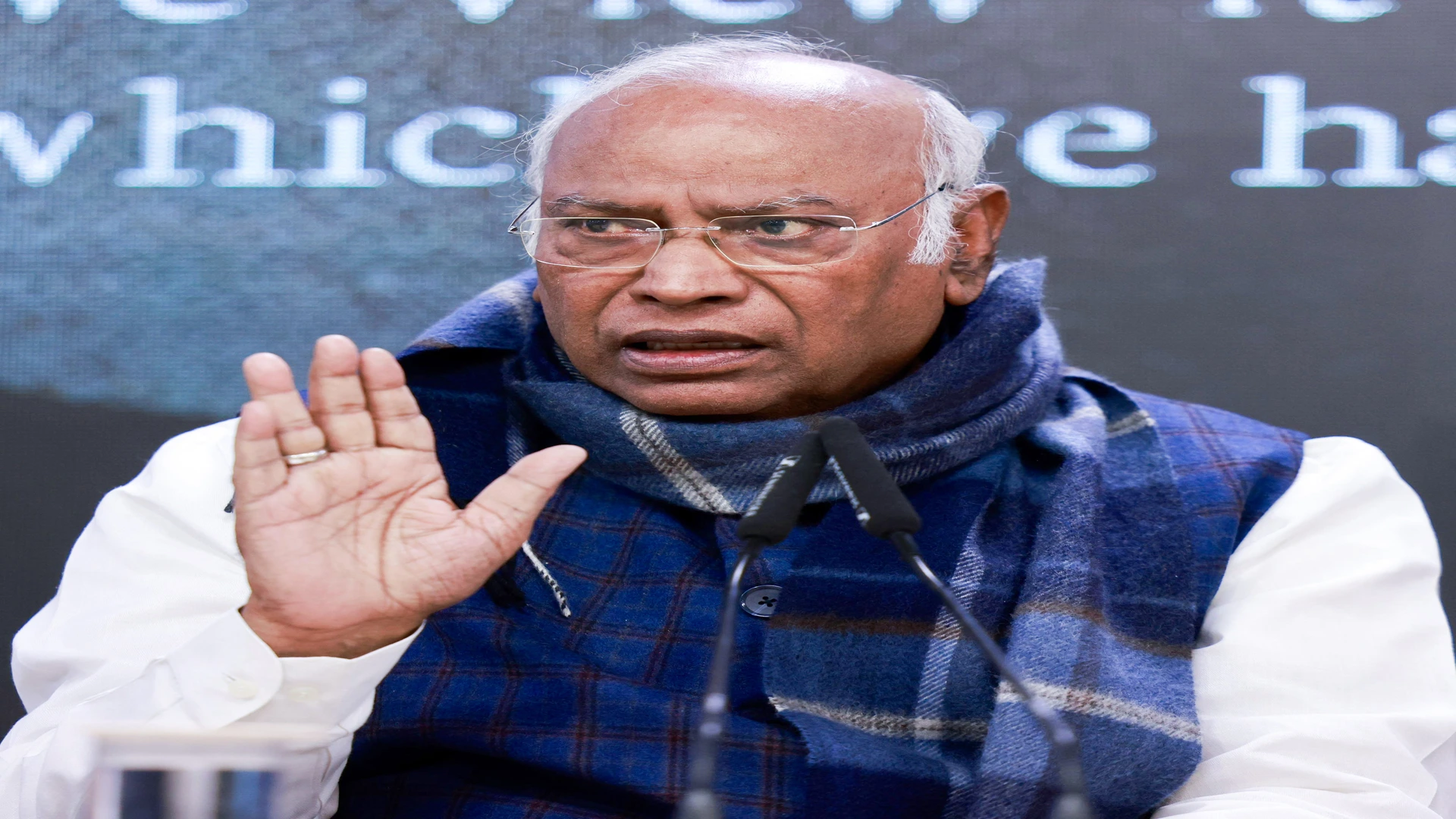Sustainable education would imply a balance between the cost invested into it and the return in form of the big impact that cadres of the educated would make on nation’s and global growth.
Education is an expensive ‘business’. It costs a fortune to acquire it. It costs a fortune to offer it. At the end of the education journey we worry about the ROI keeping in mind the burden of loan repayments extending over years, cutting into one’s earnings and impacting quality of life. For many the prospect of education is too daunting to even consider acquiring it. From amongst those who board the education train, many keep dropping off at regular intervals, not able to sustain the journey till the end.
The reason is not just financial, though it could be at the core of other compelling factors. Gender, orthodox belief systems and practices, cultural and linguistic features, family responsibilities and compulsions, lack of support could count among other factors. In 2021-22, the dropout rate among class 10 students was 20.6%. The data for overall dropout rates for secondary students as per the Unified District Information System for Education (UDISE) 2021-22 report was at 12.6%. Contributing factors include shortage of qualified teachers, lack of attendance, poor school infrastructure and an up to four times higher dropout rate if the parents are illiterate. The demands on young learners also included contributing to domestic chores and finances leading to high dropout rates in both male and female learners.
One can imagine from the above examples the quantum of the loss of talent that could under ideal circumstances have contributed to realising the objectives of education and learning. A system of education that fails to be fully inclusive, that lets the creative talent stay or fall out of its purview for different reasons, and thus severely limits the impact of learning, is clearly not sustainable.
Sustainability in education has to do with 1) ensuring education for all: quality of learning and support extended to a learner by an institution in order to serve real world problems. 2) education for sustainable development and 3) institutional sustainability and resilience One of the major hindrances for a learner across the world and more so in a country like ours has been the cost of learning. This cost includes fees charged by an institution or associated costs to complete programmes as well as opportunity cost of forgone earnings.
We have seen enough the ability of a student to continue with education opportunities due to the lack of funds. Thus it becomes the responsibility of an institution to make education accessible for all.
To address the financial challenge the support would require provisioning for financial aid through need based scholarships as well as a learning schedule that would encourage the learner to go for flexible learning hours in pursuit of the principle of continuous learning.
Various models exist in the country including government initiatives, philanthropic support, loans. In our experience, we have seen that support mechanisms exist but the lack of sufficient push and effort on part of educational institutions to avail this support for the benefit of students to ensure their sustainable learning.
In addition to financial sustainability, education is a tool for humans to improve the lives of themselves and other humans to build an integrated, happy and sustainable world. It is expected from an institute of higher education to create and train a cadre of problem solvers from diverse cultures – ethnic, linguistic and socio-economic backgrounds.
At present, the effort made by institutions at a great cost is often seen as being exclusive as it leaves out from its purview a large demography of non-English speaking population. Such effort is clearly not sustainable. Prestigious schools and HEIs impart education in English which does not cater to 80% of India’s population, clearly depriving the nation of talented young learners.
Thirdly, the whole responsibility of training students for the workforce is currently with HEIs. In order for HEIs to have real impact, partnerships with industries is imperative to train students with workplace skills that are future ready.
Dr Anunaya Chaubey is the Provos at Anant National University.






